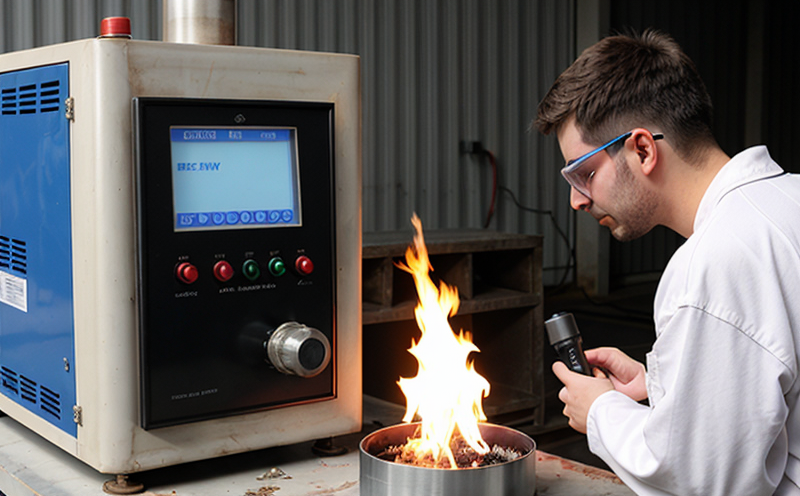ISO 13253 Packaged Unit Heat Output Test
The ISO 13253-1:2009 standard outlines a method for determining the heat output of packaged unit heaters. This test is crucial in ensuring that HVAC equipment meets performance requirements set by international standards, thus fostering consistency and reliability across various regions.
Understanding the context within which this test operates helps in appreciating its importance. Packaged unit heaters are integral components used for providing heating to a defined space through ducted or direct air flow. They play a significant role in maintaining comfortable indoor environments while optimizing energy efficiency. By adhering to ISO 13253, manufacturers ensure their products deliver the expected heat output under specified conditions.
The test involves subjecting the packaged unit heater to controlled environmental parameters that simulate real-world operating conditions. The apparatus used includes a calorimeter chamber designed specifically for measuring heat transfer efficiency. This setup allows precise measurement of the heat output generated by the equipment over time, ensuring accuracy and repeatability.
During the test, it is essential to prepare the specimen (the packaged unit heater) correctly before placing it into the calorimeter chamber. Preparations include verifying all connections are secure and checking that the equipment operates within specified limits. Once prepared, the heater undergoes a series of tests where its performance is evaluated under different load conditions.
Instrumentation plays a pivotal role in this testing process. The calorimeter chamber measures heat loss through various means including radiation, convection, and conduction. Advanced sensors monitor these parameters continuously throughout the test duration. These readings are then used to calculate the overall heat output of the unit heater accurately.
Reporting is another critical aspect of ISO 13253 testing. Detailed reports are generated summarizing all measurements taken during the tests, along with calculations and conclusions drawn based on those data points. Compliance with specified criteria ensures that each report adheres to internationally recognized standards, facilitating easy interpretation by stakeholders.
- Calorimeter Chamber: A specialized apparatus used for measuring heat transfer efficiency.
- Sensors: Devices installed within the calorimeter chamber to continuously monitor various forms of heat loss.
- Detailed Reports: Summaries of all measurements taken during testing, along with calculations and conclusions drawn from those data points.
Benefits
Adhering to ISO 13253 ensures that HVAC equipment manufacturers produce reliable products capable of delivering consistent heat outputs. This consistency translates into improved product quality and customer satisfaction, ultimately enhancing brand reputation.
For compliance officers, meeting these standards simplifies regulatory requirements by providing a universally accepted method for testing heat output. Quality managers benefit from having accurate data that can guide improvements in production processes, leading to higher efficiency rates and reduced waste.
R&D engineers find value in this standard as it provides a benchmark against which new designs can be compared. This comparison aids in identifying areas where innovations could improve performance or reduce costs further. Procurement teams also gain advantages by ensuring they source equipment that meets stringent quality standards, thereby minimizing risks associated with substandard products.
International Acceptance and Recognition
The ISO 13253-1:2009 standard has gained widespread acceptance across many countries due to its rigorous methodology and focus on accuracy. Its adoption signifies international recognition of the importance of reliable testing procedures in HVAC equipment manufacturing.
Many nations have incorporated this standard into their national regulations, ensuring that all packaged unit heaters sold within those borders comply with internationally recognized benchmarks. This harmonization promotes trade by reducing barriers between different markets and encourages innovation through consistent global standards.
Frequently Asked Questions
- Ensures efficient use of resources by producing reliable equipment that operates optimally without unnecessary energy consumption.
- Promotes sustainable practices by encouraging continuous improvement in manufacturing processes, which can lead to reduced emissions over time.
- Facilitates compliance with environmental regulations, thereby contributing positively to global efforts towards sustainability goals.





